- News
- Reviews
- Bikes
- Components
- Bar tape & grips
- Bottom brackets
- Brake & gear cables
- Brake & STI levers
- Brake pads & spares
- Brakes
- Cassettes & freewheels
- Chains
- Chainsets & chainrings
- Derailleurs - front
- Derailleurs - rear
- Forks
- Gear levers & shifters
- Groupsets
- Handlebars & extensions
- Headsets
- Hubs
- Inner tubes
- Pedals
- Quick releases & skewers
- Saddles
- Seatposts
- Stems
- Wheels
- Tyres
- Tubeless valves
- Accessories
- Accessories - misc
- Computer mounts
- Bags
- Bar ends
- Bike bags & cases
- Bottle cages
- Bottles
- Cameras
- Car racks
- Child seats
- Computers
- Glasses
- GPS units
- Helmets
- Lights - front
- Lights - rear
- Lights - sets
- Locks
- Mirrors
- Mudguards
- Racks
- Pumps & CO2 inflators
- Puncture kits
- Reflectives
- Smart watches
- Stands and racks
- Trailers
- Clothing
- Health, fitness and nutrition
- Tools and workshop
- Miscellaneous
- Buyers Guides
- Features
- Forum
- Recommends
- Podcast
review
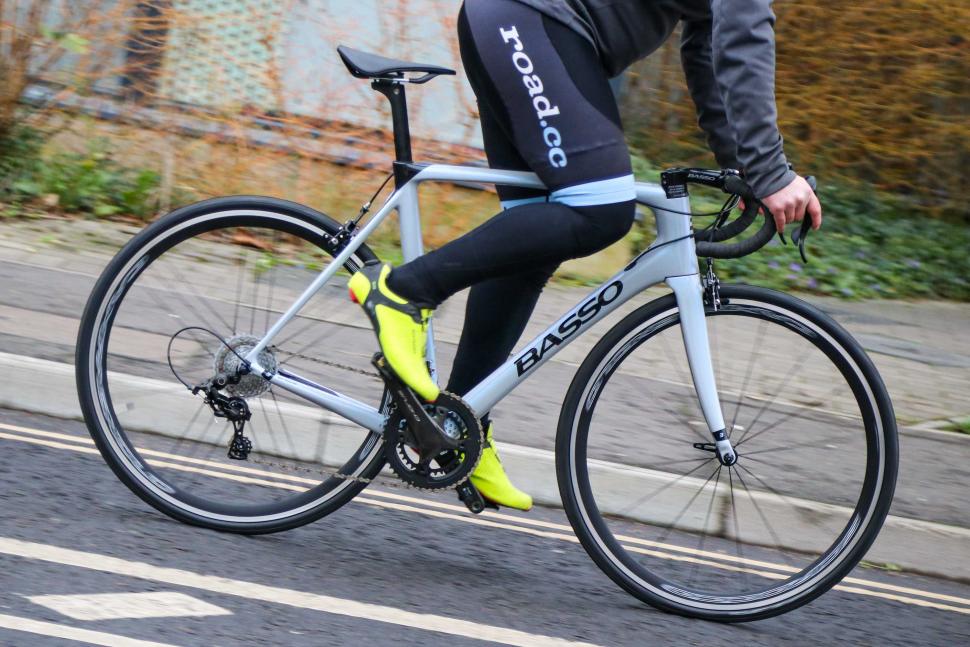 2021 Basso Diamante Caliper Chorus 12x - riding 1.jpg
2021 Basso Diamante Caliper Chorus 12x - riding 1.jpg£4,699.00
VERDICT:
Italian superbike looks with the performance to match, though it's begging for a wheel upgrade
Beautiful handmade frame
Chorus groupset precision
Comfortable ride quality
Not the lightest for the money
Weight:
8,460g
Contact:
At road.cc every product is thoroughly tested for as long as it takes to get a proper insight into how well it works. Our reviewers are experienced cyclists that we trust to be objective. While we strive to ensure that opinions expressed are backed up by facts, reviews are by their nature an informed opinion, not a definitive verdict. We don't intentionally try to break anything (except locks) but we do try to look for weak points in any design. The overall score is not just an average of the other scores: it reflects both a product's function and value – with value determined by how a product compares with items of similar spec, quality, and price.
What the road.cc scores meanGood scores are more common than bad, because fortunately good products are more common than bad.
- Exceptional
- Excellent
- Very Good
- Good
- Quite good
- Average
- Not so good
- Poor
- Bad
- Appalling
With impressive performance and feedback from its frameset, the Basso Diamante Caliper Chorus 12x feels like a proper superbike to ride. One that delivers quick handling and a racy position, yet ride comfort that belies its stiffness. You'll want to stick some quality wheels on it though, to drop the weight and really exploit its potential.
Ride
With its hunkered down front end, oversized tubing, and smooth looks, the Basso leaves no doubt about its race-inspired intentions, and it certainly didn't disappoint as soon as the pedals started spinning.
I was expecting a firm ride, and that is what you get, but thanks to the frame design and layout of the carbon fibre, it edges back from being harsh. It actually makes for a pleasant machine to be aboard for longer forays not just those shorter, harder rides. Very little road buzz comes through from the road, which cuts down on fatigue in the hands and wrists.
Buy now: Basso Diamante Caliper Chorus 12x from Swinnerton Cycles for £4699.00
Basso has created a 3B seatpost clamp system which uses a rubber gusset to surround the seatpost and this, it says, is capable of absorbing road vibrations. To be honest, it's hard to isolate from everything else going on, so it's difficult to tell to whether it makes a huge addition to the carbon layup of the frame.
The majority of the firmness of the ride comes from just how stiff the Diamante is, courtesy of the oversized tubing throughout the frame, particularly at the press-fit bottom bracket shell area and the large head tube that flows into the down and top tubes.
Acceleration, sprinting and climbing all benefit from this; any time you are hammering on the pedals the Basso just wants to crack on and go.
The rear end feels tight thanks to the compact rear triangle, achieved by the short 402mm chainstays. This also keeps the wheelbase length down, making the Basso feel nippy and responsive.
I'm a big fan of the handling too. With a 73.5-degree head angle the front end feels quick, just on the fun side of twitchy, and very precise.
Blasting downhill on the Diamante is a lot of fun. Even travelling through the technical bends at high speed the front end feels really planted, and while I mentioned there is very little road buzz coming through, the small amount that does gives plenty of feedback to let you know what the front and rear tyres are up to.
While the front end looks slammed, it isn't actually that low. This 56cm/L model has a head tube length of 155mm which is pretty typical for a bike of this size. The standover height is taller, though, as the top tube creates the little 'snug' for the stem.
This meant I could still get a low-slung position with an aero front end without having to distort my spine too much.
Stretched across the bike, I found the Basso to be balanced and easily corrected should you hit gravel or something mid corner. It's very composed.
On the whole, it feels like it has the performance of a proper superbike, but with geometry that means you can ride it all day, every day. There is a weight penalty to the reasonably entry-level wheels that are fitted, which just takes the shine off this particular build, but that's easily upgradable.
Frame and fork
The Diamante is handmade in Italy from Toray carbon fibre and it is a very beautiful frameset. The finish is excellent throughout, and while it's available in a range of colours I'm a big fan of this pearlescent white, which also looks blue in certain lights.
Basso offers a two year-warranty (upped to three years after registration) which shows plenty of confidence in its product.
It's a race bike, so unlike a gravel bike, tourer or winter machine there aren't loads of mounts and extras for me to tell you about. You get a couple of water bottle cage mounts and that's about it really.
Tyre clearance maxes out at 28mm, governed by the rim brake calliper clearance rather than the frame, but again, it's a race bike, and in my eyes that means 25mm/28mm is more than enough.
Alongside this dual pivot calliper model, the Diamante is also available in various disc brake options.
Geometry
When it comes to the geometry, that's also race orientated.
There are four sizes available, and our Large comes with a 560mm top tube, a seat angle of 73.5 degrees to match the head angle, and the aforementioned head tube length of 155mm. This gives a stack and reach figure of 566.6mm and 392.2mm respectively.
Groupset
The majority of the bikes in the Diamante line-up are disc brake equipped, but for this rim-braked model Basso has gone for a Campagnolo Chorus groupset.
It's a lovely setup to use. I spent many years using Campagnolo groupsets on my own bikes and I always got on well with the shape of the hoods and the solid clunk of the shifting as the chain flicked up and down the cassette.
That was probably around 10 years ago, and the latest 12-speed setups are even better, with a lighter yet still precise shift and great ergonomics.
The brake levers are stiff, which lets you exploit the power of the direct mount callipers. Discs will always have the upper hand in the wet, but in the dry I don't think you can fault these Campag callipers. There's plenty of power and modulation too.
Gearing-wise, the carbon fibre armed chainset has 50/34T rings and is paired to an 11-34T cassette. That's a lower spread of gears than I would expect to find on a bike of this type, but I guess it makes it more accessible to all kinds of riders.
Finishing kit
As for the rest of the kit, you'll find a Basso seatpost and stem paired to a Deda Zero handlebar. It's decent quality, and while it's not exactly going to blow your mind, it does the job and looks good too.
The saddle is a Selle Italia Model X which I found to be comfortable on all kinds of rides thanks to its minimal but firm padding.
Wheels and tyres
The wheels also come from the Campagnolo catalogue, in the guise of its Sciroccos.
Sitting at the lower end of the range, they are a bit weighty at around 1,800g, but they are robust and hardwearing. The spoking pattern might look a little on the fragile side, but they really aren't. I owned a pair of Sciroccos for years, using them for commuting year-round in all weathers with absolutely no issues.
The downside is no tubeless-ready compatibility, if that's your thing.
As for the tyres, the Diamante is wearing a pair of 28mm Schwalbe Lugano IIs. Like the wheels, they aren't particularly light, being more of the training persuasion, but rolling resistance and grip levels are decent enough.
You'll probably want to get an upgrade as soon as they wear out.
Value
Some of the kit here shouldn't really be found on a £4,699 bike, but the top-end handmade carbon frame is going to swallow up a lot of that money.
The Merida Reacto is a similar-themed bike, albeit mass produced. At £4,300, the Reacto 7000 (we tested the Reacto 6000 last month) comes with deep-section carbon rims and a SRAM Rival AXS groupset, as well as disc brakes which also add to the price.
> road.cc Recommends Bikes of the Year 2021/22: road bikes
On the flip side, the Diamante looks to be good value against another handmade-in-Italy bike, the Condor Leggero SL. Condor creates some lovely bikes, and the Leggero is definitely one of them. As a frameset it'll set you back £3,499.99; the Basso as a frameset is £2,699.
Conclusion
While the componentry takes a little bit away from the ride in terms of weight, I can really feel that this is an exceptional frameset and ripe for upgrades as and when finances allow. At its heart the Diamante delivers a cracking ride quality, with exceptional handling.
Verdict
Italian superbike looks with the performance to match, though it's begging for a wheel upgrade
road.cc test report
Make and model: Basso Diamante Caliper Chorus 12x
Size tested: L, 56cm
About the bike
List the components used to build up the bike.
Components: Campagnolo Chorus 12x
Chainset: Campagnolo Chorus 12x 34/50t
Brakes: Campagnolo Direct Mount
Cassette: Campagnolo Chorus 12x 11/34t
Chain: Campagnolo Chorus 12x
Saddle: Selle Italia Model X
Handlebar: Deda Zero
Stem: Basso 0 Deg
Seatpost: Basso 15mm layback
Wheelset: Campagnolo Scirocco C17
Tyres: Schwalbe Lugano II 700x28c
Tell us what the bike is for and who it's aimed at. What do the manufacturers say about it? How does that compare to your own feelings about the bike?
Basso says, "The Basso Diamante is the result of years of hard work and research to develop the finest racing bike that is timeless not only in terms of performance and reliability but also timeless in form and beauty.
"This frame is far more than all that meets the eye, Basso have eliminated all superfluous design elements and concentrates on its core mission: racing. The elegant and minimalistic design hides the story of an extremely complex design."
This is very much a race bike that is designed to balance stiffness with comfort.
Where does this model sit in the range? Tell us briefly about the cheaper options and the more expensive options
Being one of very few rim braked builds, this model is towards the lower pricing end of the Diamante range at £4,699. The most expensive is the disc brake Campagnolo Chorus option at £6,149; below that there are Shimano Ultegra and Ultegra Di2 builds available. The Diamnte 'SV' line-up, which uses a different frame, starts at £10,599 with Campagnolo Super Record EPS.
Frame and fork
Overall rating for frame and fork
8/10
Tell us about the build quality and finish of the frame and fork?
Excellent build quality and a cool looking pearlescent paint job.
Tell us about the materials used in the frame and fork?
The frame and fork are both constructed from Toray uni-directional carbon fibre.
Tell us about the geometry of the frame and fork?
The geometry is race orientated, with matching 73.8-degree head and seat angles, a low front end and lengthy top tube.
How was the bike in terms of height and reach? How did it compare to other bikes of the same stated size?
Although the front end design gives the Diamante a look of being slammed, the head tube is still generous in its length which means the stack and reach figures are pretty much standard for this size of bike.
Riding the bike
Was the bike comfortable to ride? Tell us how you felt about the ride quality.
It's still a firm ride, being a road bike, but it sits the right side of harsh.
Did the bike feel stiff in the right places? Did any part of the bike feel too stiff or too flexible?
Stiffness levels are great throughout the bike.
How did the bike transfer power? Did it feel efficient?
Power transfer is good thanks to the stiffness of the frame and the relatively low weight of the overall bike.
Was there any toe-clip overlap with the front wheel? If so was it a problem?
No.
How would you describe the steering? Was it lively neutral or unresponsive? Lively and fun.
Tell us some more about the handling. How did the bike feel overall? Did it do particular things well or badly?
It feels like a typical race bike with steering that is quick and precise.
Which components had the most effect (good or bad) on the bike's comfort? would you recommend any changes?
I got on well with all of the components, including the Selle Italia Model X saddle.
Which components had the most effect (good or bad) on the bike's stiffness? would you recommend any changes?
I found the wheels, handlebar and stem to offer the same amount of stiffness as the frame and fork.
Which components had the most effect (good or bad) on the bike's efficiency? would you recommend any changes?
It could do with some lighter wheels to improve efficiency.
Rate the bike for efficiency of power transfer:
8/10
Rate the bike for acceleration:
8/10
Rate the bike for sprinting:
8/10
Rate the bike for high speed stability:
8/10
Rate the bike for cruising speed stability:
8/10
Rate the bike for low speed stability:
7/10
Rate the bike for flat cornering:
8/10
Rate the bike for cornering on descents:
8/10
Rate the bike for climbing:
7/10
The drivetrain
Rate the drivetrain for performance:
9/10
Rate the drivetrain for durability:
8/10
Rate the drivetrain for weight:
8/10
Rate the drivetrain for value:
5/10
Tell us some more about the drivetrain. Anything you particularly did or didn't like? Any components which didn't work well together?
Campagnolo's Chorus groupset has a precise feel to it, and gives a solid click so that you know the gear has selected smoothly. The rim brake callipers are some of the best out there too.
Wheels and tyres
Rate the wheels for performance:
7/10
Rate the wheels for durability:
8/10
Rate the wheels for weight:
6/10
Rate the wheels for comfort:
8/10
Rate the wheels for value:
6/10
Tell us some more about the wheels.Did they work well in the conditions you encountered? Would you change the wheels? If so what for?
Durable wheels but not exactly light; the bike could do with something lighter, and possibly more aero.
Rate the tyres for performance:
7/10
Rate the tyres for durability:
8/10
Rate the tyres for weight:
7/10
Rate the tyres for comfort:
7/10
Rate the tyres for value:
6/10
Tell us some more about the tyres. Did they work well in the conditions you encountered? Would you change the tyres? If so what for?
They are essentially training tyres with decent rolling resistance and grip, but as with the wheels the Basso would benefit from something lighter, and with more feedback.
Controls
Rate the controls for performance:
7/10
Rate the controls for durability:
8/10
Rate the controls for weight:
8/10
Rate the controls for comfort:
7/10
Rate the controls for value:
6/10
Tell us some more about the controls. Any particularly good or bad components? How would the controls work for larger or smaller riders?
A mix of Basso own-brand components and others like the Deda handlebar and Selle Italia saddle, which all worked well. The compact handlebar gives plenty of access to the drops for all kinds of riders.
Your summary
Did you enjoy riding the bike? Yes
Would you consider buying the bike? Yes
Would you recommend the bike to a friend? Yes
How does the price compare to that of similar bikes in the market, including ones recently tested on road.cc?
Pricey against mass-produced bikes like the Merida Reacto mentioned in the review, but competitive against the likes of the Condor I also mentioned.
Rate the bike overall for performance:
8/10
Rate the bike overall for value:
5/10
Use this box to explain your overall score
The build quality and the ride quality of the Basso are very good, as is the design of the front end. For the money some of the spec is a little bit low end, and it's not that light either. But I do appreciate that you aren't getting a mass-produced frame here, and so I still think it's an 8/very good.
About the tester
Age: 42
I usually ride: This month's test bike My best bike is: B'Twin Ultra CF draped in the latest bling test components
I've been riding for: Over 20 years I ride: Every day I would class myself as: Expert
I regularly do the following types of riding: time trialling, commuting, club rides, sportives, fixed/singlespeed,
Since writing his first bike review for road.cc back in early 2009 senior product reviewer Stu has tested more than a thousand pieces of kit, and hundreds of bikes.
With an HND in mechanical engineering and previous roles as a CNC programmer/machinist, draughtsman and development engineer (working in new product design) Stu understands what it takes to bring a product to market. A mix of that knowledge combined with his love of road and gravel cycling puts him in the ideal position to put the latest kit through its paces.
He first made the switch to road cycling in 1999, primarily for fitness, but it didn’t take long for his competitive side to take over which led to around ten years as a time triallist and some pretty decent results. These days though riding is more about escapism, keeping the weight off and just enjoying the fact that he gets to ride the latest technology as part of his day job.
Latest Comments
- kcr 4 hours 12 min ago
I think Livingston (no "e") has the best cycling infrastructure I have seen in Scotland. It has an extensive network of paths that are actually...
- kcr 4 hours 52 min ago
I'd say it is an extremely rare condition for most cyclists or runners.
- ErnieC 7 hours 37 min ago
or Team Bahrain ... selective outrage.
- newbankgyratory 8 hours 39 min ago
This website offers suitable data: https://www.automobiledimension.com/large-suv-4x4-cars.php
- newbankgyratory 9 hours 12 min ago
Perhaps park the goods in a US Customs Bonded warehouse and then import them out of there when the tariff nonsense settles down?...
- Dnnnnnn 7 hours 8 min ago
Good to see a road.cc review of what must be one of the UK's best-selling 'proper' road bikes....
- PRSboy 10 hours 7 min ago
Another thing ruined by the Americans
- Miller 11 hours 26 min ago
Nice to see WvA featuring in the finale.
- Miller 11 hours 29 min ago
I have known more than one elder statesman of the club die of a heart failure while out on a ride. Sometimes I feel that's about to happen to me,...
- Pub bike 11 hours 46 min ago
Via the "wireless active steering system".


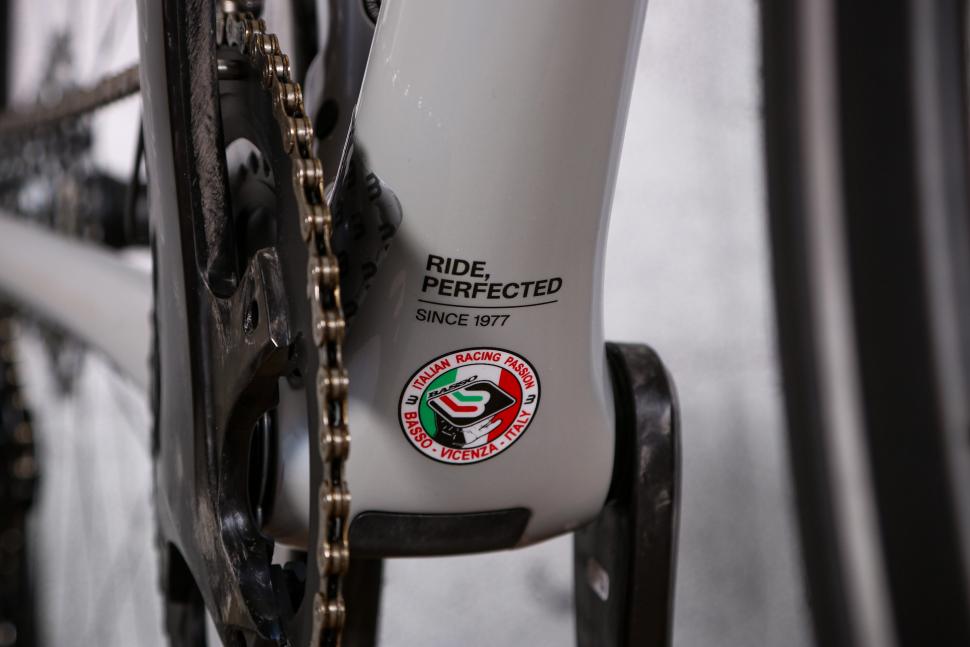






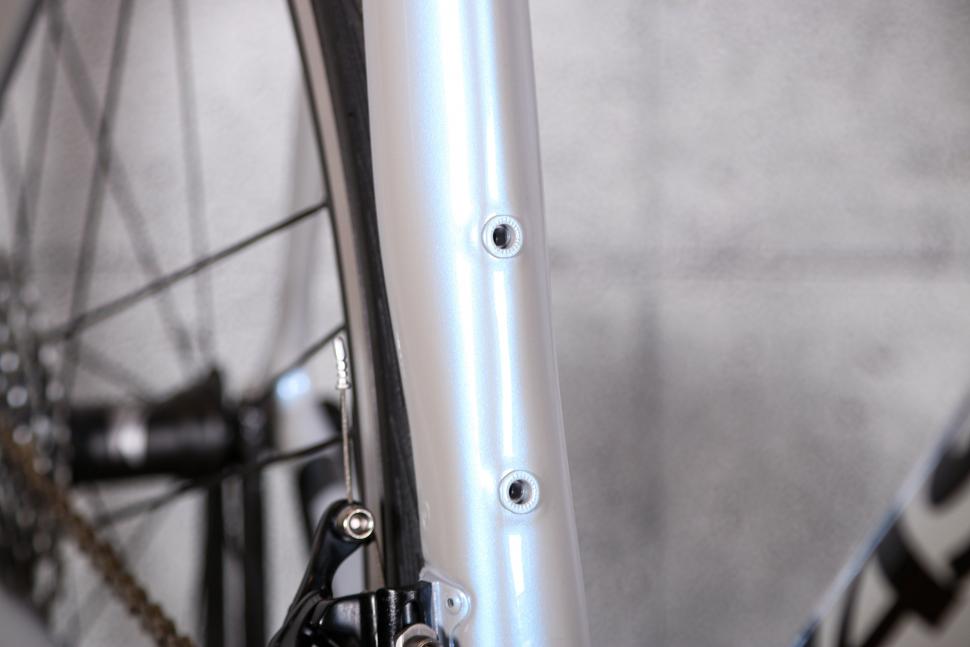















































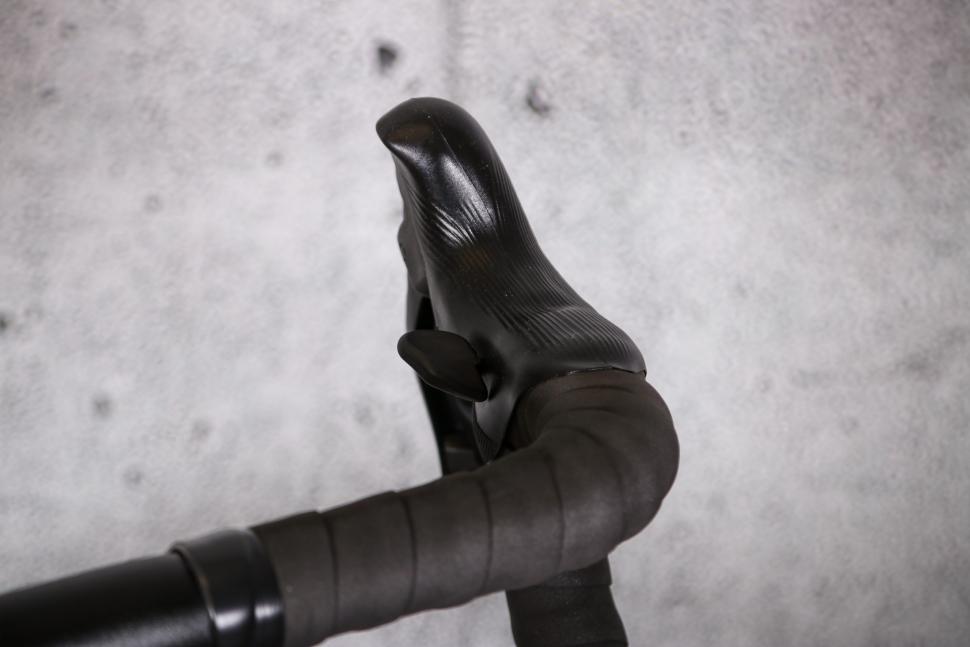



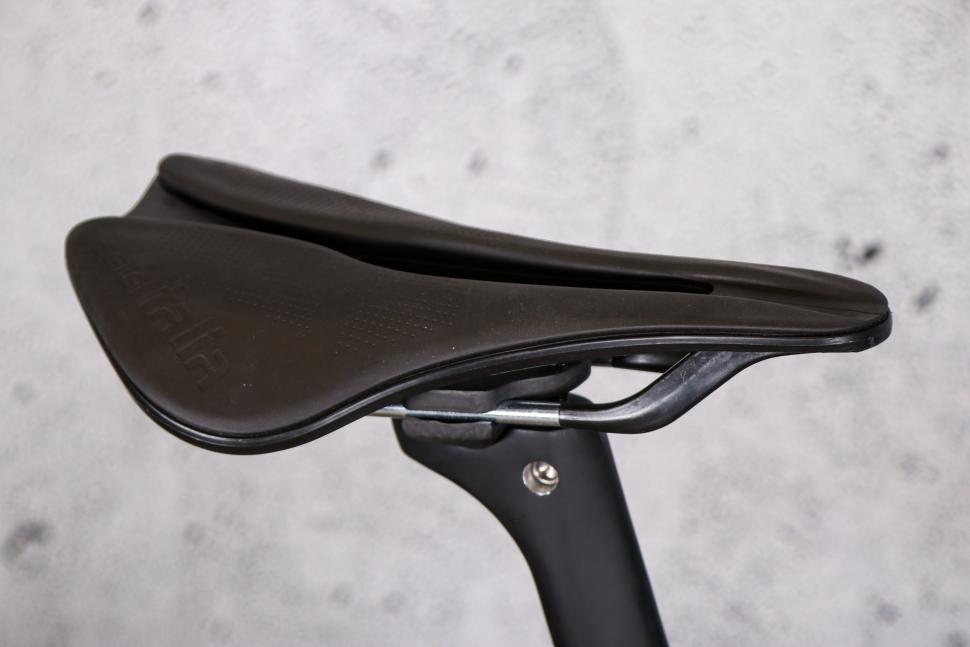
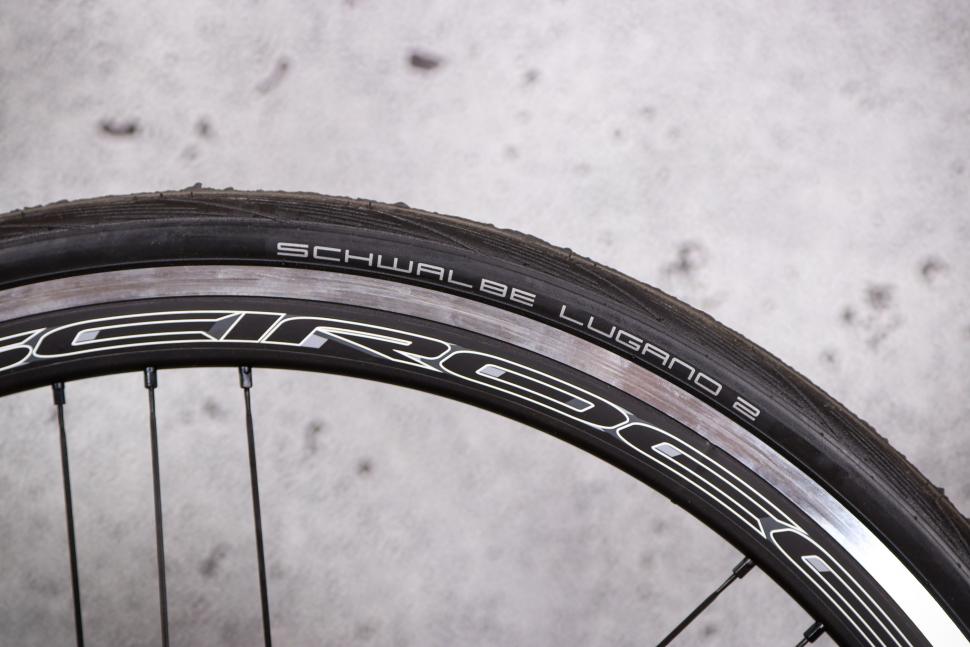
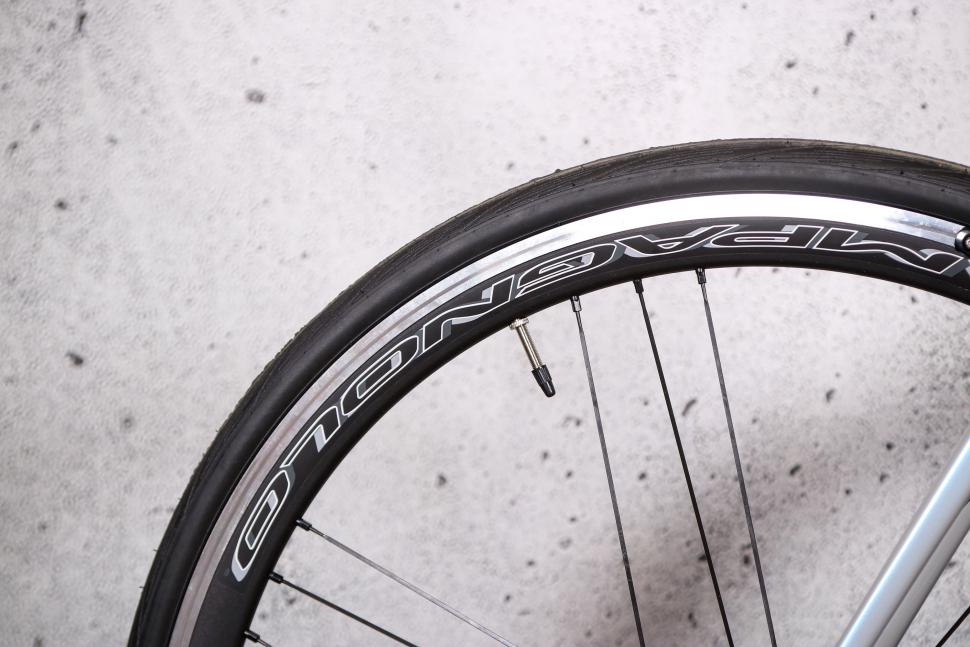
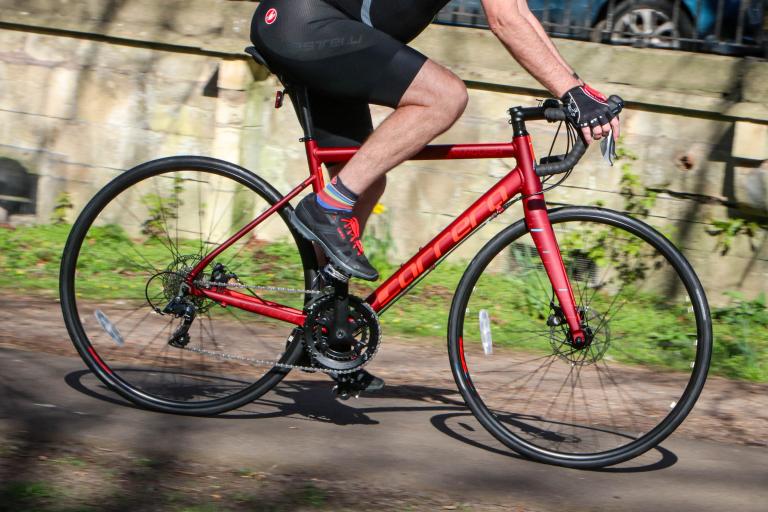



Add new comment
5 comments
I love Basso bikes. Nearly every frameset is still handmade in Italy. I think only the cheapest aren't but I even might be wrong there.
On paper their geometry is perfect. Then you throw in the low stack height of the stem, the one stem angle and no in-line seatpost option and suddenly it's a no from my glass back and wooden hamstrings. I was ready to get the new Diamante SV but the above restrictions on getting the right fit made me choose something else.
Is that an aero hoodie you're wearing ?
No - it's a caramac.
Personally am getting panicky as the rim brake Venta appears to be my perfect summer frameset and comes in a lovely shade of blue, but I just can't justify it this year with a new gravel frame in the post also, am reeeeeeeally hoping it's still available this time next year!
Nice to see a bike almost entirely made in Europe. Hopefully we'll see more and more locally made bikes/components given recent announcements from 3T and Bianchi.
As an aside I've just bought a Selle Italia Model X for my winter bike. It's exceptionally comfortable, very similar in feel to my Specialized Romin but with a shorter nose. It's also entirely made in Italy.
£35 delivered from Condor. I can't recommend it highly enough at that price.